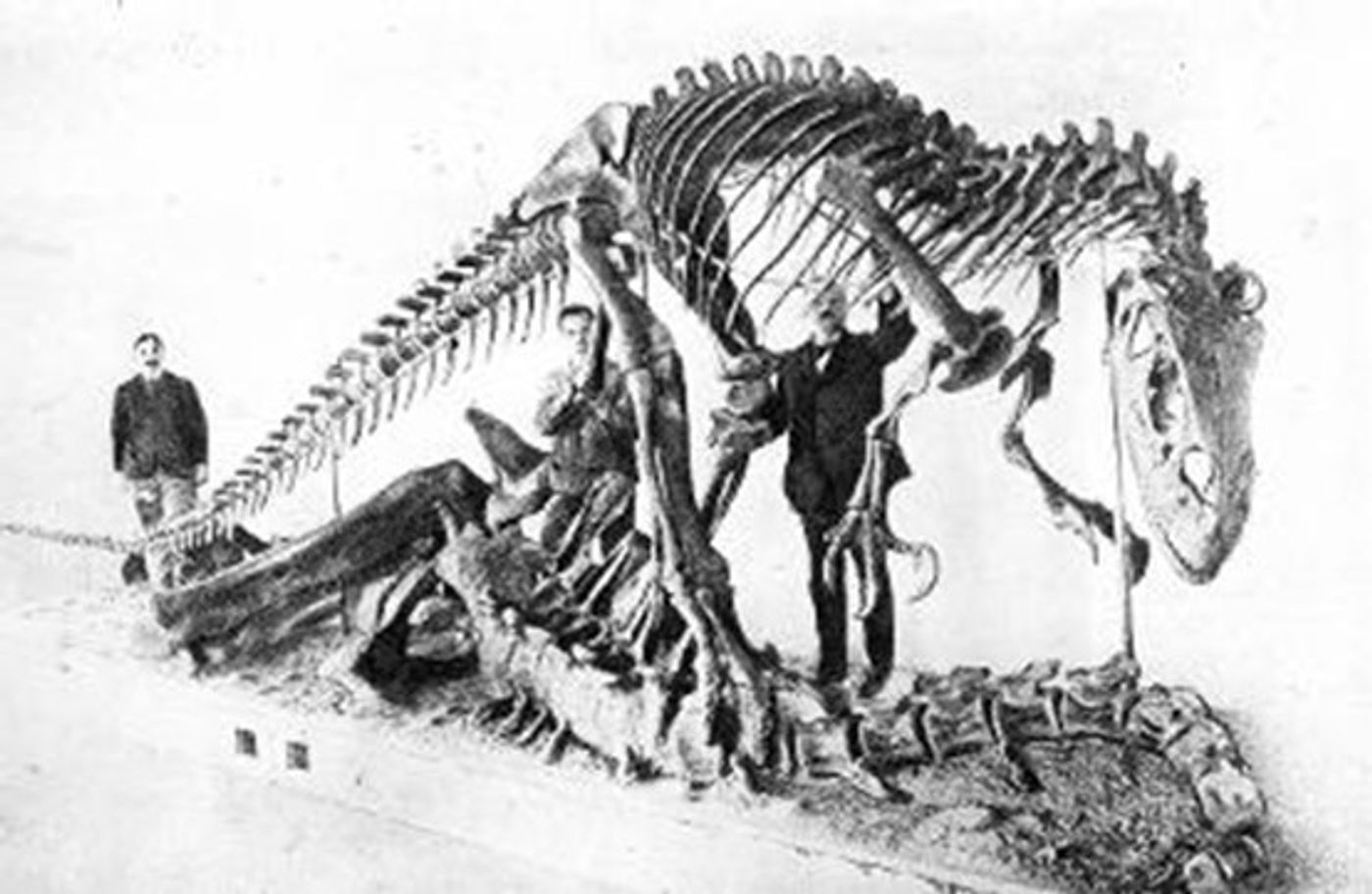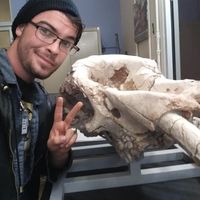New Climatic Data from China Sheds Light on the Emergence of the Dinosaurs
Its 232 million Years before present. The Permian Triassic mass extinction has come and gone, wiping out over 90% of all life on the planet. The dust of a great catastrophe has cleared, leading the way into one of earth’s most magnificent eras; the Mesozoic era, otherwise known as the age of Dinosaurs.
The climate is hot and muggy with the world’s oceans as hot as a sauna. Large predatory reptiles resembling huge crocodiles hunt our early ancestors, the lumbering mammal-like reptile dicynodonts. Also, it just started raining and it will not stop for two million years. Miami weather has nothing on the Carnian Pluvial Episode (CPE). Enjoy your stay in the early Triassic period.
New research from China is illuminating the ecological event that allowed those first small pioneering dinosaurs to seize those initial vital environmental niches. This research is focused on studying prehistoric lake cores from the Jiyuan Basin where ash and evidence of multiple volcanic episodes were discovered in the sediment exposed from the lake.
Each volcano has its own chemical signature like a fingerprint, thus allowing scientists to get accurate dates and locations using volcanic material. When these methods were applied to the lake cores, the research team discovered that volcanic activity in the area coincided with the two-million-year rainy spell. These data, combined with previous papers documenting a notable rise in earth’s temperature at this time, all help to paint a clear picture of a biome ripe for the adaptive radiation of the dinosaurs.
While many species became successful at this time, others were unable to adapt. The CPE killed off large amounts of the larger dominant reptiles like Phytosaurs. Phytosaurs were massive crocodile-like predators with incredibly long and intimidating snouts, found commonly in what is today the American southwest and the Karoo Basin in South Africa.

Sources: Science Daily, Science News, Proceedings of the National Academy of Sciences









